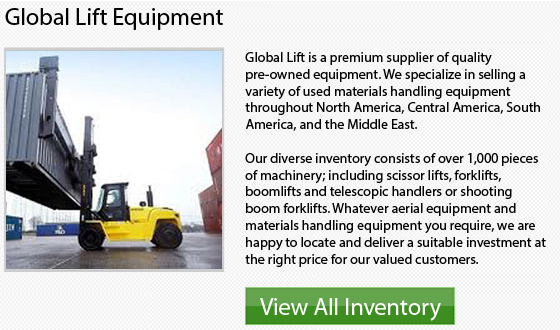
Industrial lifts have traditionally been used in production and manufacturing settings to help lift and lower supplies, workers, and merchandise. The scissor lift, also called a table lift, is an industrial lift which has been modified for retail and wholesale environments.
Most customers who have been shopping in a store late at night have probably seen a scissor lift, even though they do not know they have. Basically, the scissor lift is a platform with wheels which acts like a lift truck. In a non-industrial kind of setting, the scissor lift is perfect for performing tasks which require the speed or mobility and moving of materials and individuals above ground level.
The scissor lift is a unique machinery in that it does not use a straight support in order to raise workers into the air. Instead, the scissor lift platform rises when the linked and folding supports beneath it draw together, making the machine stretch upward. When the equipment is extended, the scissor lift reaches approximately from 6.4 to 18.8 meters or 21 to 62 feet above ground. This depends on the unit's size and the purpose.
The rough terrain scissor lifts could either be powered by hydraulics or by an electric motor, however, it could be a bumpy ride for the employee in the lift going to the top. The scissor lift design keeps it from traveling with a constant velocity, rather than traveling faster during the middle of its journey or traveling slower with more extension.
The RT of rough terrain class of scissor lift are a very popular style of lift. RT models would usually feature increased power of the IC or internal combustion engine. The variations come in gas, petrol, combinations or diesel. This is required to deal with the increased weights and steeper grades of 18 to 22 degrees which are often connected with this particular style of scissor lift.